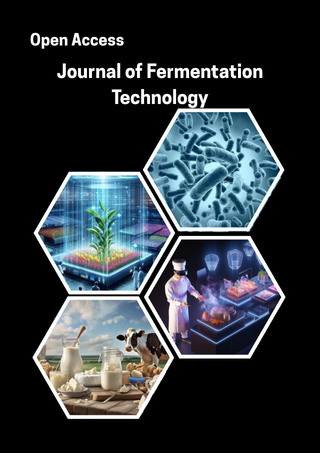Awards Nomination
15+ Million Readerbase
Google Scholar citation report
Indexed In
Open J Gate Genamics JournalSeek RefSeek Hamdard University EBSCO A-Z OCLC- WorldCat Publons Geneva Foundation for Medical Education and Research Euro Pub Google Scholar
Journal Flyer

Journal Highlights
Useful Links
Recommended Journals
Open Access Journals
Journal of Mental Health and Psychiatry
Journal of Cancer Chemotherapy
Journal of Pediatrics Neonatal Biology
Journal of Women Health
Journal of Drug Discovery and Research
Journal of Genetics and Molecular Biology
Journal of Dental Sciences
Journal of Bacteriology Parasitology
Journal of Biology and Medicine
Journal of Fermentation Technology
Journal of Plant Pathology
Journal of Stem cell Research and Therapy
Journal of Medical Intelligence and Digital Health
Downstream Processing
Downstream processing refers to the recovery and purification of biosynthetic products from the culture broth after fermentation. It involves several steps, including cell separation, product extraction, purification, and final formulation. The aim is to isolate the desired product in a pure and usable form. Techniques such as filtration, centrifugation, chromatography, and drying are commonly used. Efficient downstream processing ensures high product quality and compliance with regulatory standards. It is often the most expensive and complex part of bioprocessing. The choice of methods depends on the nature of the product and impurities. Ultimately, it determines the overall yield and marketability of biotechnological products.
